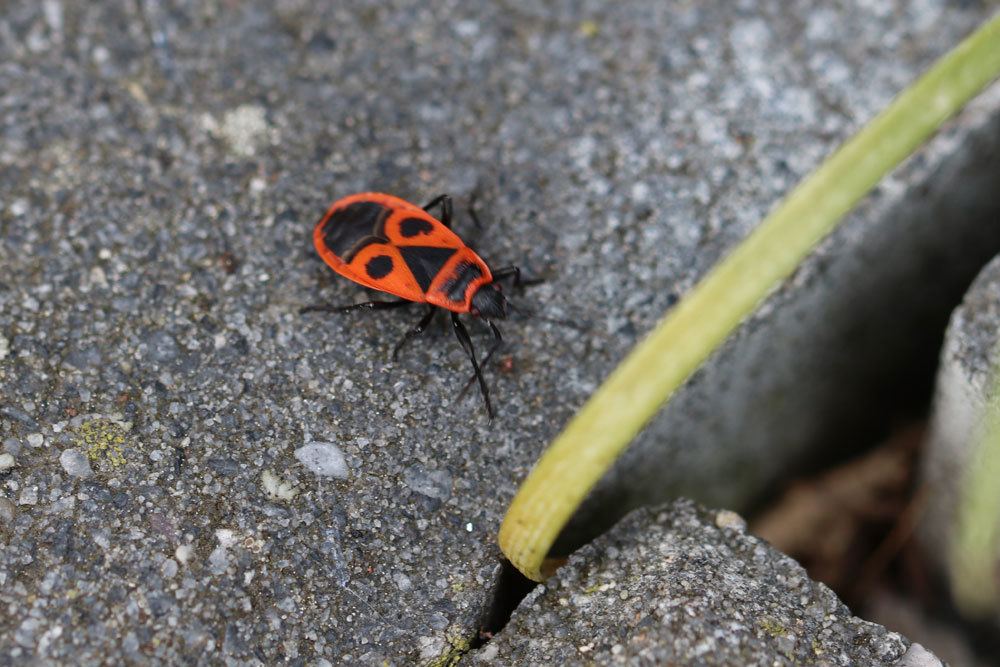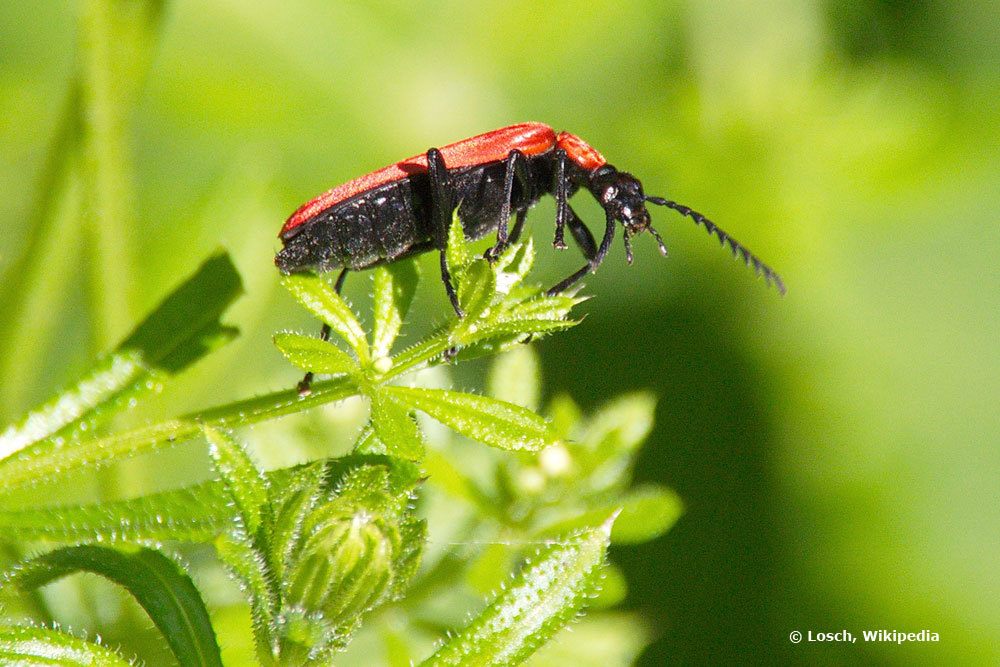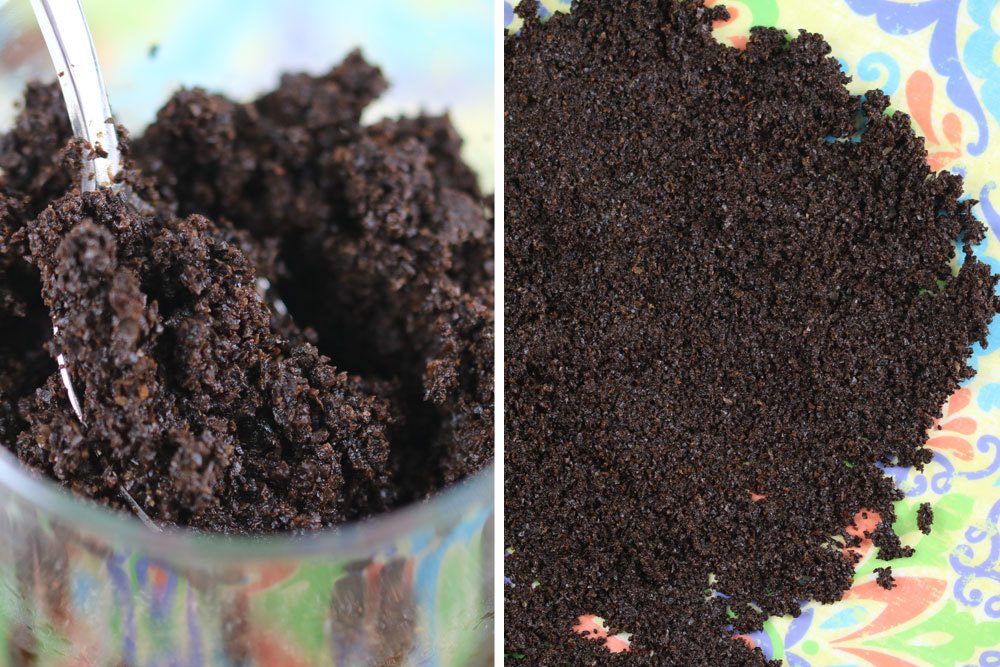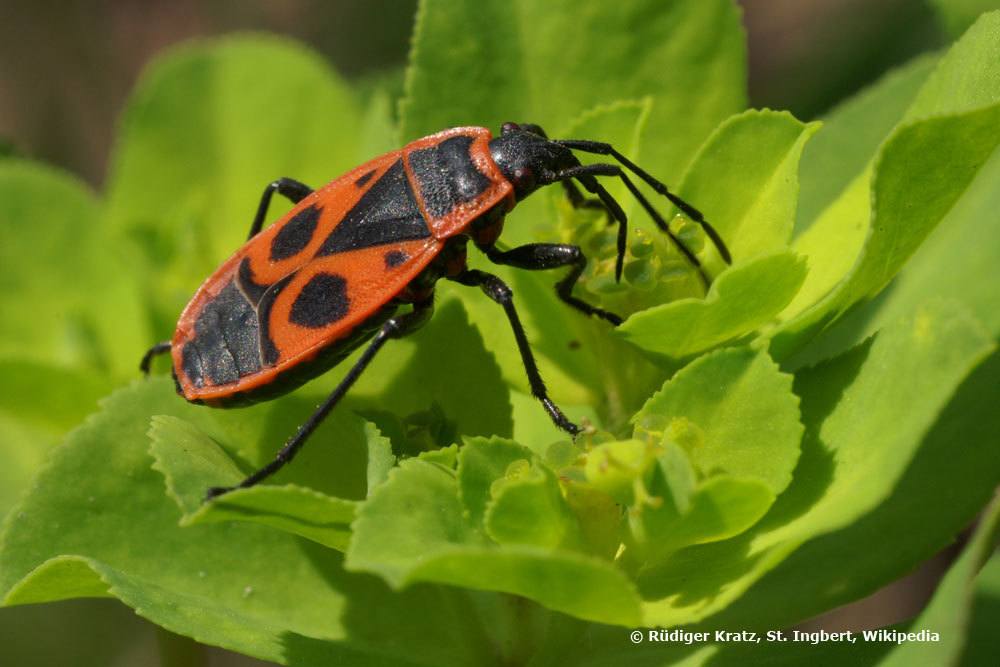No one wants to suffer a plague of insects in the garden or inside the house – not even if it is the animal with the sonorous name fire beetle. So what to do when representatives of this species suddenly enter private property? To understand how best to deal with fire beetles, you need to know their way of life.
Therefore, we start our guide with a detailed description including a fact sheet of the strikingly colored insects. In the course of the article, we also answer the important question of whether the creatures are poisonous or otherwise dangerous. We then provide you with specific tips on how to combat the beetles in a targeted manner.
Contents
Mini profile
- correct names: Fire beetles, cardinals
- scientific name: Pyrochroidae
- color: red to brick red
- size: 0,8 – 2 cm
- Appearance: red coloration, large and flat head, broad body, eleven-limbed antennae, forelegs with four and hindlegs with five tarsal limbs
- Habitat: deciduous forests, forest edge, dead wood, flowers
- Food: sweet juices (e.g. honeydew of aphids, tree juices), flowers of mallow plants
- Main flight period: beginning of May to end of June
- Life expectancy: 1 – 3 years development period, 5 – 6 months as adult
Caution: Danger of confusion with fire bugs (Pyrrhocoridae – with black spots)!
Before we go into detail about fire bugs, we need to clarify one thing urgently: The genus is NOT synonymous with fire bugs (Pyrrhocoridae)! Time and again, however, the two insect species are confused or even considered to be one and the same species. This is however a mistake. To make it easier for you to distinguish between fire bugs and fire beetles, the following is a concise description of the latter.
Fire bugs are actually called common fire bugs. In scientific jargon they are called Pyrrhocoridae. Fire bugs are called Pyrochroidae in scientific jargon, which unfortunately sounds quite similar. Fortunately, the visual differentiation of the insects is easier than the naming.
This is because, unlike their distant relatives, fire bugs have black dots. Conversely, this means: If you encounter a “purely” red insect with the features from the above fact sheet, you are dealing with a fire bug. If, on the other hand, you encounter a beetle-like animal with black dots and other dark elements on a red “background”, it is probably a fire bug.
Important note: Although the “common” name may suggest otherwise, fire bugs are not dangerous to you, your home or your plants. And what about fire bugs? We will answer this question in detail later in this guide.
Species
As if the back-and-forth with fire bugs and fire bugs wasn’t enough, there’s even more differentiation to be made. Within the fire bug family, there are no less than 150 species around the globe. Don’t worry, we’ll only focus on the three that are native to our climes: the Scarlet, the Red-headed and the Orange Fire Beetle.

The Scarlet Fire Beetle
The scarlet fire beetle is the most common fire beetle species in Central Europe. It has a body about two centimeters long. The red wings of the insect are narrower at the front than at the back. Underneath, the beetle is raven black – this also applies to the “abdominal area” as well as the large, flat head and the antennae.
Speaking of antennae, they differ between males and females. While the beetle masters carry the combed version, the beetle ladies have toothed antennae. The scientific name of the scarlet fire beetle is Pyrochroa coccinea.
The Red-headed
Compared to its scarlet counterpart, the red-headed fire beetle is slightly smaller. However, it does not look more inconspicuous than its brother – thanks to the bright red head, which the name of the species already suggests. Scientifically, we are talking about the Pyrochroa serraticornis.
The orange one
In addition to the Scarlet and Red-headed, there is also the Orange Fire Beetle (Schizotus pectinicornis). It is also called “small fire beetle” because it grows to a maximum length of one centimeter. Its body is equally wide in front and back, and the color tends to be brownish.
Significant similarities
All three species occur throughout central and southern Europe – but not at all in northern countries. At the abdomen the Pyrochroidae are equipped with two thorny tail appendages (cersus). In addition, they possess sharp tools in the front with the special feelers, with which they can drill tunnels through the wood themselves. Speaking of wood…

Habitat
Pyrochroidae live mainly in deciduous forests, where they congregate on dead wood or low brush with flowers. Dead wood is a very good cue to explain a major feature of the insect genus.
Fire-loving beetles
Fire beetles not only look like fire engines with their bright red color, but funnily enough they are attracted to the smell of smoke and heat. Thanks to their special infrared organ with heat-sensitive sensors, they can perceive the sharp temperature rises common in fires even at a distance of 50 kilometers.
While almost all other animals flee when confronted with fire, Pyrochroidae approach the scene of the fire – but not to extinguish it. Rather, they pursue selfish goals – using the legacy of the fearsome element to eke out a dignified existence there. They are thus pyrophilic creatures that profit from fire. Charred bark represents real luxury villas according to the fire beetles.
Food
The food of the adult fire beetle consists primarily of sweet juices – for example, the honeydew of aphids and tree sap. In addition, the flowers of mallow plants are tasty to the animals. In general, adult cardinals feed purely vegetarian.
Things are a little different for the larvae of the fiery insects: They eat the offspring of other beetles. Pretty cheeky, it has to be said. Among their victims are the young of the longhorned beetle, the jewel beetle and the bark beetle. They also suck dead insects.
Reproduction
In its courtship of a pretty female, the fire beetle male is extremely creative. He goes to the black oil beetle masters, which secrete cantharidin on their legs.
Note: Cantharidin is a natural substance that various beetle species have in them (or specifically seek out and snatch) to protect themselves from enemies. However, it is not just a defensive secretion. Cantharidin is also considered an aphrodisiac – that is, a means of stimulating or increasing the libido.
The fire beetle collects this refined substance – it places it in a furrow on its head. With the delicious cocktail in his luggage, he goes on a bride hunt in May and June. Chances are good that he can impress the chosen female with the tasty drink.
If the lady is satisfied with the gift, there is no need to fuss. Mating occurs relatively quickly. Thanks to the enormous amount of cantharidin, which is (also) found in the sperm, the (relatively fast) resulting eggs are well protected from predators.
Fire beetles are often confused with fire bugs
Fire bugs
Development
Pyrochroidae lay their eggs in rotten or charred dead wood. The larvae do not leave the place determined by the parents once during their entire development period. At the beginning of the following spring, pupation takes place. Two months later, in May – almost exactly one year after mating, the beetles are fully grown and start their short adult life.
Note: The development from egg to beetle sometimes takes not only one year, but 24 or even 36 months. This extended period of time contrasts with an average adult life expectancy of only five to six months. Thus, a fire beetle is a child considerably longer than an adult.
Fighting fire beetles – does it have to be done?
In order to find an answer to this question, it is first necessary to clarify another question: Are Pyrochroidae poisonous and/or otherwise dangerous? No, they do not harm humans or pets. Even your plant population is safe from the cardinals, with a few exceptions (mallow plants). In this respect, you do not necessarily have to fight fire bugs.
Nevertheless, you may find the presence of the insects unpleasant – especially if they appear in large numbers (which, however, is more likely to be the case with the common fire bug). If you would like to get rid of Pyrochroidae in your garden or home, there are several options. Chemical insecticides are available as well as more harmless remedies.
Advantages and disadvantages of chemical insecticides
Classic chemical insecticides are also effective against fire beetles. The cardinals absorb the poison and die. If you decide to use this option, it is important that you direct the spray directly at the beetles or at their nest – that is, do not spray the entire environment with the product. After all, it is poison that not only kills the animals, but also harms the environment. You should also wear a respiratory mask and gloves for your own protection. The advantage of the method is that you can quickly get rid of the insects without much effort.
However, in principle, we advise you not to use such a “brutal” variant, because it is simply not necessary to fight Pyrochroidae in this way. As we have already said, fire bugs do not pose any danger. In addition, many “more humane” solutions are available, which are not primarily aimed at killing, but simply eliminating or driving away the insects.
Means of expulsion
The most effective harmless remedies include poison-free insect powder, coffee grounds and neem oil.
Method 1: Non-toxic insect powder
In addition to conventional insect powders, which are poisonous, there are now harmless counterparts. These are sprinkled in the areas infested by fire bugs and drive the insects away by the odor, which is unappetizing for the very same. The beetles take flight.
Method 2: Coffee grounds
One of the most popular home remedies against Pyrochroidae is coffee grounds. Simply spread it among the plants that the insects are feasting on. Unlike most people, beetles are not at all fond of the caffeinated elixir of life.

Method 3: Nie oil
You can fight fire bugs even more naturally with neem oil. This is a vegetable oil extracted from the seeds of the beautiful neem tree. Drizzle the infested plants with the product and soon you won’t have to welcome any more beetles.
Special tips garden
Tip 1:
Make your garden more moist. In fact, fire bugs are mainly attracted to dry, warm and sunny places.
Moist gardens are not liked by the fire beetle
Tip 2:
Remove all mallow plants (lime, hibiscus, etc.) from your green oasis. This is because these plants are what the beetles go for.
Ban mallow plants and hibiscus from the garden
Hibiscus
Extra: catch pyrochroids at home
If you encounter a single beetle in your home, you can capture it using a sealable jar. After the successful hunt, take the jar into the forest, open it, wait for the insect to crawl or fly out, and take the jar back with you.
Note: Only if you have a bad infestation in your home is it recommended to hire an exterminator to control the red beetles.
More beneficial insects than pests
To conclude this guide, we would like to clarify once again that it is important not to kill Pyrochroidae if possible, but to drive them out of private premises or your own garden using harmless means. After all, the cardinals are ultimately more beneficial than pests, even if they sometimes help themselves to your plants without permission.
Fire beetle larvae fight the dreaded bark beetles

The larvae of fire beetles eat their way through life underneath the bark of dead trees. In doing so, they also like to behave opportunistically, using the tunnels prepared by other beetle larvae to find and grab food in their immediate vicinity. On their limited routes, they often encounter the larvae of bark beetles, which are known to be extremely harmful. These are then vigorously eaten.
Fire bug on garden plants
Note: When conditions are favorable, bark beetles multiply to such an extent that they no longer attack only ailing and dying trees, but also healthy and vital ones. The mass attack of the insects thus threatens to kill plants that are in the prime of their life. Accordingly, bark beetles are among the primary pests, especially for foresters.
By the fact that fire beetle larvae happily consume the children of bark beetles, they contribute to a reduction in the population of these true pests. In this respect, Pyrochroidae should be considered more as beneficial insects and should be treated accordingly. In plain language, this means: do not kill the red beetles, but gently trap or drive them away and thus remove them from private areas.

